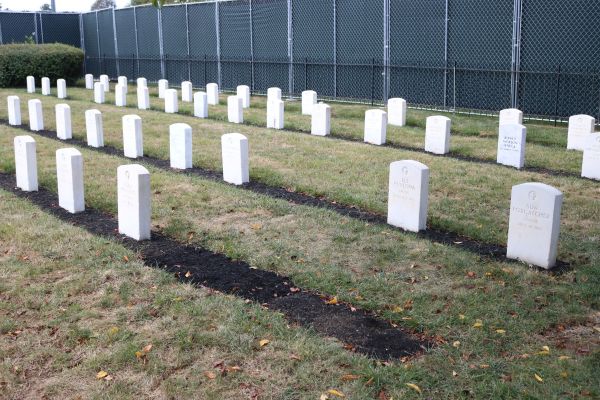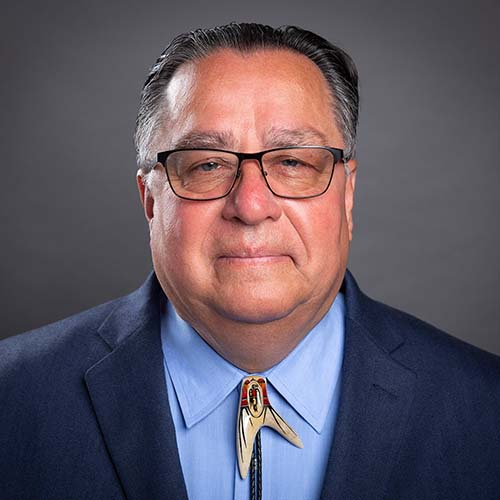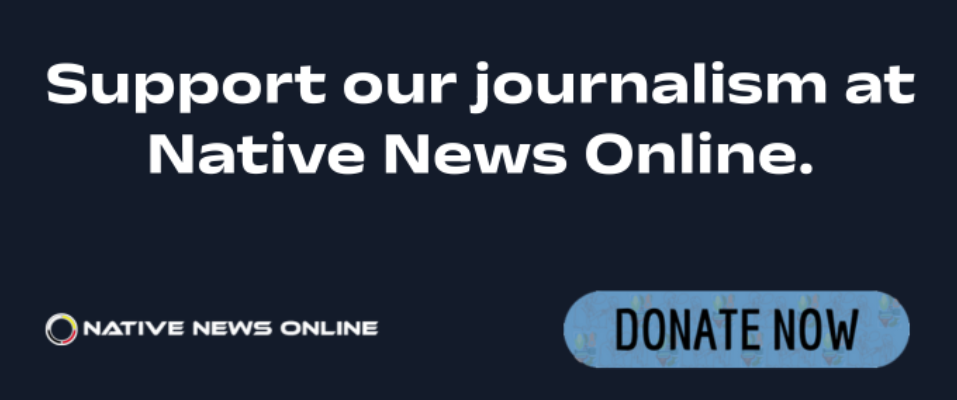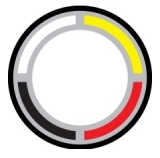
- Details
- By Native News Online Staff
The U.S. Army will continue its mission to reunite Native American families with their ancestors through the eighth year of disinterment efforts at Carlisle Barracks, beginning on September 5, 2025.
This year's operation will support 19 families from two Native American tribes, working to repatriate children who died while attending the Carlisle Indian Industrial School and were buried more than a century ago. The Office of Army Cemeteries (OAC), on behalf of the Army, will lead this multi-phase disinterment initiative, with archaeological and anthropological expertise provided by the U.S. Army Corps of Engineers.
The individuals scheduled for disinterment include Wallace Perryman of the Seminole Nation of Oklahoma, along with Belle Cahoe, Wash E. He, Tabitha Carroll, Jane Lumpfoot, Leah Road Traveler, Percy Whitebear, George Harrison, Charles Whiteshield, Matavito Horse, Nannie Little Robe, Dora Morning, Louise Thunder, Giles Hands, Ruben Tanpeds, Henry Morning, William Sammers, Abe Lincoln, and Elsie Davis—all from the Cheyenne and Arapaho Tribes.
“The Army is honored to conduct the Carlisle Barracks Disinterment Program once again,” Executive Director of Army National Military Cemeteries and the Office of Army Cemeteries Karen Durham-Aguilera said. “We are deeply grateful to the Seminole Nation of Oklahoma and the Cheyenne and Arapaho Tribes for their brave commitment to bring their loved ones home.”
Established in 1879, the Carlisle Indian Industrial School operated at Carlisle Barracks under the Department of the Interior until its closure in 1918. Over its years of operation, nearly 8,000 Native American children from more than 100 tribes were enrolled.
In accordance with Army Regulation 290-5, OAC will disinter and transfer remains to families or tribes that can demonstrate the closest familial connection to the decedent.
These transfers will allow families and tribes to return their loved ones to a resting place of their choosing. The Army will cover expenses related to travel for the disinterment, participation in transfer ceremonies, and reinterment costs.
The Office of Army Cemeteries team truly appreciates each of these tribes for the kindness, courage and devotion they’ve shown throughout their journey to bring their children home,” said Director of the Office of Army Cemeteries Renea Yates. “We recognize that this is no small undertaking, and we hope that our skilled team can assist in bringing a sense of peace and closure that these families deserve.”
The Carlisle Barracks Post Cemetery will be closed to the public beginning August 15, as preparations for the disinterments begin. It will remain closed until the process concludes, tentatively on October 13. To honor the families’ privacy and adhere to Army cemetery protocols, the cemetery will be surrounded by privacy fencing. Access will be limited to OAC personnel and the families and tribal representatives involved.
More Stories Like This
Native News Weekly (August 25, 2024): D.C. BriefsUS Presidents in Their Own Words Concerning American Indians
Two Murdered on Colville Indian Reservation
NDAA passes House; Lumbee Fairness Act Advances
NFL, Vikings to Host Native All-American Game, Youth Flag Clinic
Help us defend tribal sovereignty.
At Native News Online, our mission is rooted in telling the stories that strengthen sovereignty and uplift Indigenous voices — not just at year’s end, but every single day.
Because of your generosity last year, we were able to keep our reporters on the ground in tribal communities, at national gatherings and in the halls of Congress — covering the issues that matter most to Indian Country: sovereignty, culture, education, health and economic opportunity.
That support sustained us through a tough year in 2025. Now, as we look to the year ahead, we need your help right now to ensure warrior journalism remains strong — reporting that defends tribal sovereignty, amplifies Native truth, and holds power accountable.
 The stakes couldn't be higher. Your support keeps Native voices heard, Native stories told and Native sovereignty defended.
The stakes couldn't be higher. Your support keeps Native voices heard, Native stories told and Native sovereignty defended.
Stand with Warrior Journalism today.
Levi Rickert (Potawatomi), Editor & Publisher


